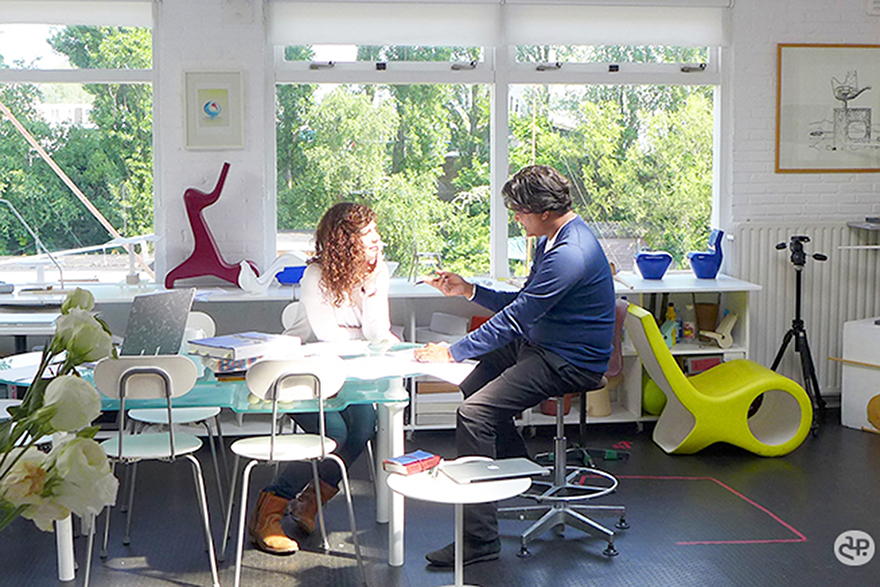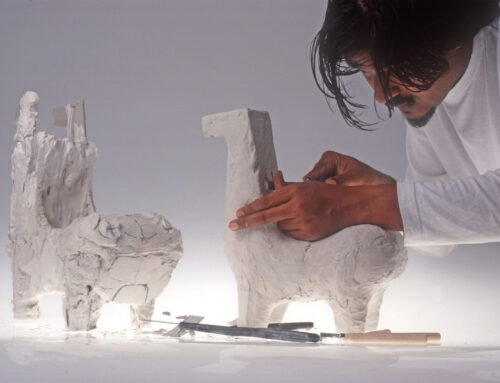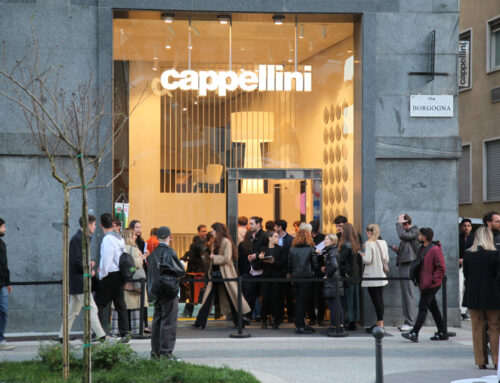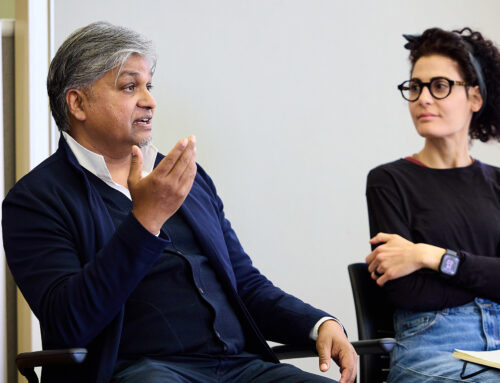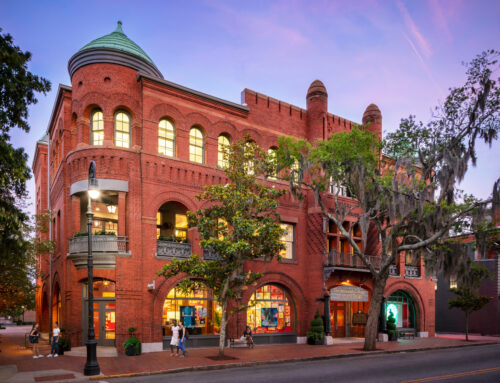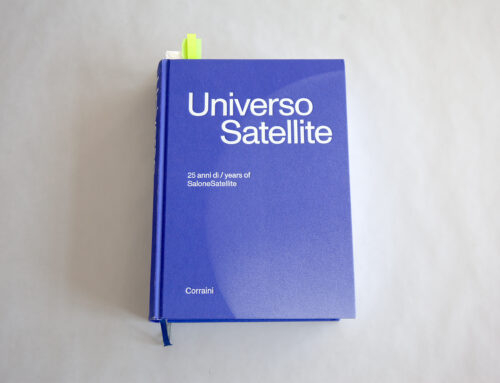In June 2014 CultureofCreation was launched on Satyendra Pakhalé Associates’ website with strong catchwords: inner hidden dimension of objects / sensory information / external perception of the built environment. They summarize the entire complexity of created objects and environments by starting from the inside to arrive at the outside, as the place of interaction between man and the experienced environment. Let’s talk about the new CultureofCreation platform.
Could you give an insight into these concepts and introduce their connection with CoC platform and your design practice?
Satyendra Pakhalé: Along with my design practice I have always been curious and interested in wider topics. However we never really discussed those curiosities and shared the links to how those topics inform our design thinking. CoC is the platform where we are connecting the dots to understand the roots of creations.
I always felt that objects are like companions. They have a presence. CoC is a platform where our conversation will go deeper into philosophical and cultural roots of design.
CoC is defined a journey. How did it start and where it is headed?
SP: Yes indeed it is a journey started a long time ago with my curiosity and deeper personal need to internalize the sublimation of cultures to which I belong. I have been influenced by my personal motives, particularly the ‘vocabulary of sensorial and sensual and unspoken voices of the energetic presence of a sculpture, an architecture or an object’.
Perhaps I became aware of this when I first presented one of my early works, B.M. Horse (link it to project / making video) in Milan in 2001, which created polarized opinions. Many people wanted to understand it but they could not make any reference or put it into their context. Since then I have felt the need to share those deeper cultural roots and cultivate an organic thinking that opens the conversation about these topics which inevitably lead to the realm of ‘phenomenology’.
I recall during one of our first meetings, you mentioned ‘cultural sensibility’ as the way to look at the creation of artefacts in depth, not from a sectarian viewpoint but with a conscious understanding of the power of form charged with cultural meanings directly connected to life. How does this fresh approach to culture lay the foundation of CoC?
SP: I truly believe – one cannot create the future unless one understands the past. For me the roots of the creation are important and that leads to ‘cultural sensibility’ meaning, for me, the understanding of different ways of life.
This awareness is the basis of CoC – to explore and cherish these different contexts and look at cultures in a non-sectarian way to understand different expressions in various fields of creations – art, technology, society, architecture and design. CoC is a platform from which to explore the historic, anthropological, technological and cultural curiosities we have – and yet to understand and explore the future scenarios.
During our several conversations I have come to realize more and more that your way of thinking and therefore approach to design is different from a European point of view. Does it have to do with your Indian roots? What is the essence of this difference? How would you define it?
SP: Yes indeed I am aware of the differences but I am not able to define it, perhaps you could. My growing up in the heart of India has a lot to do with it, but I am also not limited by it either. Indian basic daily life is very sensorial but besides all the senses, there is an awareness and understanding about ‘sense of thought’. Objects and their environment evoke that ‘sense of thought’ as we perceive the man-made world. That poetic sensorial quality is what I am after.
CoC will give an insight into topics across artefacts creation touching on Asian sensibilities, Indian ancient history and cultivated approach to object creation rather than European art and offering a holistic view on Indian secular art. Could you introduce a framework of topics and disciplines that will be touched and explain why today it is important to discuss them and build a network for their interaction?
SP: For me certain developments during the modernist and postmodernist period overlooked or shall we say failed to connect some wider cultural aspects and bring a plural perspective to modernity. I feel there is a need to bring in that wider cultural understanding to the conversation of modernity.
Philip Rawson calls it a ‘poetic analogy of form’ that suggests something rather than representing anything referring the ‘method of Indian sculpture’. There are many topics and disciplines we will touch in CoC from the amazing rock cut architecture, sculpture and paintings of Ajanta to insatiable curiosity about materials and technology to the understanding of symbolism.
These are the curiosities we intend to explore in CoC from one topic leading to another like a growing tree.
SP: Now let me ask you a question Tiziana. I am aware of your wide interests in the culture of architecture, from your PhD thesis on architect Dom Hans van der Laan and your book on the great humanist architect Leon Battista Alberti. Why did you decided to accept my invitation to participate in CoC? How was your interest awakened in ‘sensorial design’? Why do you feel connected to these topics?
TP: Throughout my architectural studies I have become increasingly aware of how man has used materials offered by nature with the intention to enrich his existence. Since the beginning of artefacts creation, man has done this by following the structure of his own organism: brain, sensorial organs and body. He consciously built orders – embodied in architecture, daily objects and arts – accessible to his mind and senses and inserted them in the vastness of the natural space to dwell it.
The theory of proportion has been one of the main topics on which I focused my attention with the intention to understand how proportioned architectures affect human fruition and perception of the object. I did not want to spend time searching for religious symbols attached to the era in which they were produced, or the presumed aesthetic values of proportion itself. I was interested in the evaluative, analytical, purely perceptive experience of proportion from the spectator’s point of view. Alberti gave me a first chance to deepen the topic and Van der Laan accompanied me to the path towards the essence of architecture in terms of intelligibility and experienceability.
I believe that people had and have similar sensibilities all over the world and that in fact we are – with our perception of the sense of proportions, for example – not so very different from each other. All this we also want to explore through the CoC platform by connecting the dots, thinking about what it means to us today and tomorrow: to me a further chance to deepen and ponder topics along the course of my interests and vision of architecture.

Tiziana Proietti (1983, Rome, Italy) An architect with a Ph.D. In Architectural Design, Tiziana Proietti gained her doctorate at the Sapienza University of Rome in collaboration with the University of Technology TU Delft in 2013 and is currently Professor at the University of Oklahoma, USA. Her research activity explores human perception in architectural spaces with a special focus on the relationship between the senses and the cognitive value of proportion. After a decade of studies on proportion in architecture, Proietti is currently developing her research by connecting neuroscience and architecture in collaboration with the Salk Institute in San Diego and the SPaCE Lab at the University of Southern California. In 2013 she worked as a researcher at Satyendra Pakhalé Associates where she cultivated her interest in the historical and theoretical roots of sensorial design.
